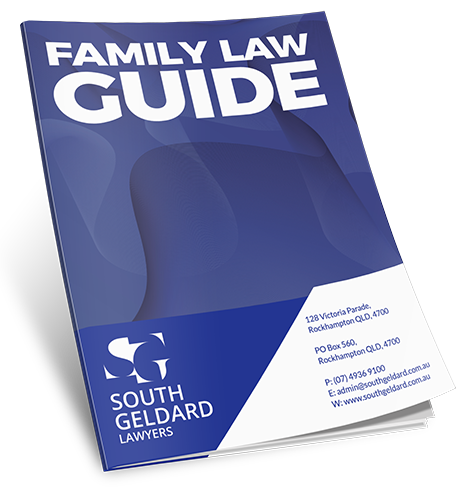Psychosocial Risks and Hazards
Workplace health and safety legislation change has further evolved from a focus on physical safety (knee injuries, near misses and serious injury) to renewed focus on mental illness and mental health.
As such, the law now requires employers and therefore human resources team to acknowledge that employees’ mental and emotional health is just as significant as their physical safety.
Psychosocial risks, which include factors such as work-related stress, harassment, and excessive job demands, can adversely affect both the well-being of employees and productivity and performance.
This human resources guide will walk you through key steps in assessing psychosocial risks to effectively identify, evaluate, and mitigate them. The key part of this guide is three fold:
- Communication
- Clarity
- Pro Active
What Are Psychosocial Hazards?
Psychosocial hazards stem from the way work is structured, organised, and managed. Unlike physical risks such as unsafe equipment or hazardous workspaces, psychosocial hazards are more subtle, often arising from the work environment or social dynamics within the workplace. These include:
- Workplace bullying
- Sexual harassment
- Interpersonal conflict and disputes
- Poor procedural fairness
- Low role clarity
- Low rewards and recognition
- Isolated work
- Remote work
- Poor organisational change consultation
- High (or low) job demands
- Poor support and/or poor environment
- Traumatic events, violence and aggression (personal and work related)
Effects of Psychosocial Hazards
The psychosocial risks and hazards legislation has been introduced as a means to address the wide ranging consequences of psychosocial hazards.
Key impacts include:
- Higher Absenteeism: Employees facing work-related stress may take more sick days, leading to reduced productivity.
- Increased Staff Turnover: A negative work atmosphere may cause valuable employees to leave, increasing recruitment and training costs.
- Reduced Productivity: Stress, low morale, and dissatisfaction at work can hinder employees’ ability to perform, resulting in decreased efficiency.
- Compliance and Legal Risks: Ignoring psychosocial hazards can result in breaches of workplace health and safety regulations, potentially leading to legal action, regulatory prosecution or reputational harm.
Legal Responsibilities and WHS Requirements
In Australia, businesses are legally obligated under the Work Health and Safety (WHS) Act and related regulations to ensure a safe work environment that minimizes risks to employees’ health.
Currently, Victoria are the only state not to have specific psychosocial hazards legislation in place however, proposed regulations are already being discussed. It is expected to be in place soon.
Queensland, New South Wales, Western Australia, South Australia, Tasmania and ACT either align with the Model Code of Practice 2022 or Safe Work Australia Code of Practice.
The duty to manage the psychosocial risk is a positive duty, which requires taking reasonably practicable steps to eliminate or minimise the risks. In practical terms, it requires a pro active as opposed to a reactive approach.
The risk management process is similar to general health and safety risk management which requires human resources to:
- Identify hazards and risks
- Assess the risk
- Implement control measures
- Monitor and review controls
Some Key Strategies for Human Resources to Implement
Building a Positive Workplace Culture
One of the most effective ways to mitigate psychosocial risks is to create a positive workplace culture where employees feel valued, respected, and supported. This involves fostering an environment that promotes mental health and well-being, as well as encouraging open communication and collaboration.
Some examples that could be considered:
- Employee engagement survey
- Recognition and reward programs
- Support access to employee assistance programs
- One to one and programs with employees where discussions can be taken place in a safe space
- Seeking regular feedback
- Appointing health and safety representatives
- Creating open channels for reporting issues
- Managerial guidance and leadership
- Management training to understand the legislation and assistance with implementation to discharge any positive duty
- Regularly reviewing and updating control measures in place
- Develop clear policies and processes for psychosocial risks and hazards
The Lurking legal issue – General Protections
Previously, I wrote an article on the dangers of General Protections – What is General Protections (versus Unfair Dismissal) and as a workplace right is created through the psychosocial risks and hazards – General Protections is a dangerous area of law.
General Protections is focussed on the following elements:
- Adverse Action
- Workplace right – exercised or proposed to exercise
- Causal connection – “because”
Adverse action is any action that injures an employees employment the most obvious one being termination of employment as well as other disciplinary action such as suspension or a warning being issued.
A workplace right is a right under a workplace law.
There are other General Protections.
The danger of General Protections is that a number of orders can be made:
- Reinstatement
- Compensation
- Penalties
Penalties can be ordered against an Employer of up to $93,900, and for individuals involved in the breach (including human resources) up to $18,780.
Final Thoughts
Managing psychosocial risks is essential for every Employer and as such for every Human Resources and People and Culture team. Taking proactive steps to address these risks will not only ensure compliance with WHS regulations but also foster a positive, healthy, and productive workplace that benefits everyone. Keep in mind three key aspects which a lot of the strategies centre around:
- Communication
- Clarity
- Being pro active
If you have any questions or if you need assistance with minimising psychosocial risks and hazards in your workplace, do not hesitate to talk to our Employment Lawyers who can assist you and your business across Queensland.


